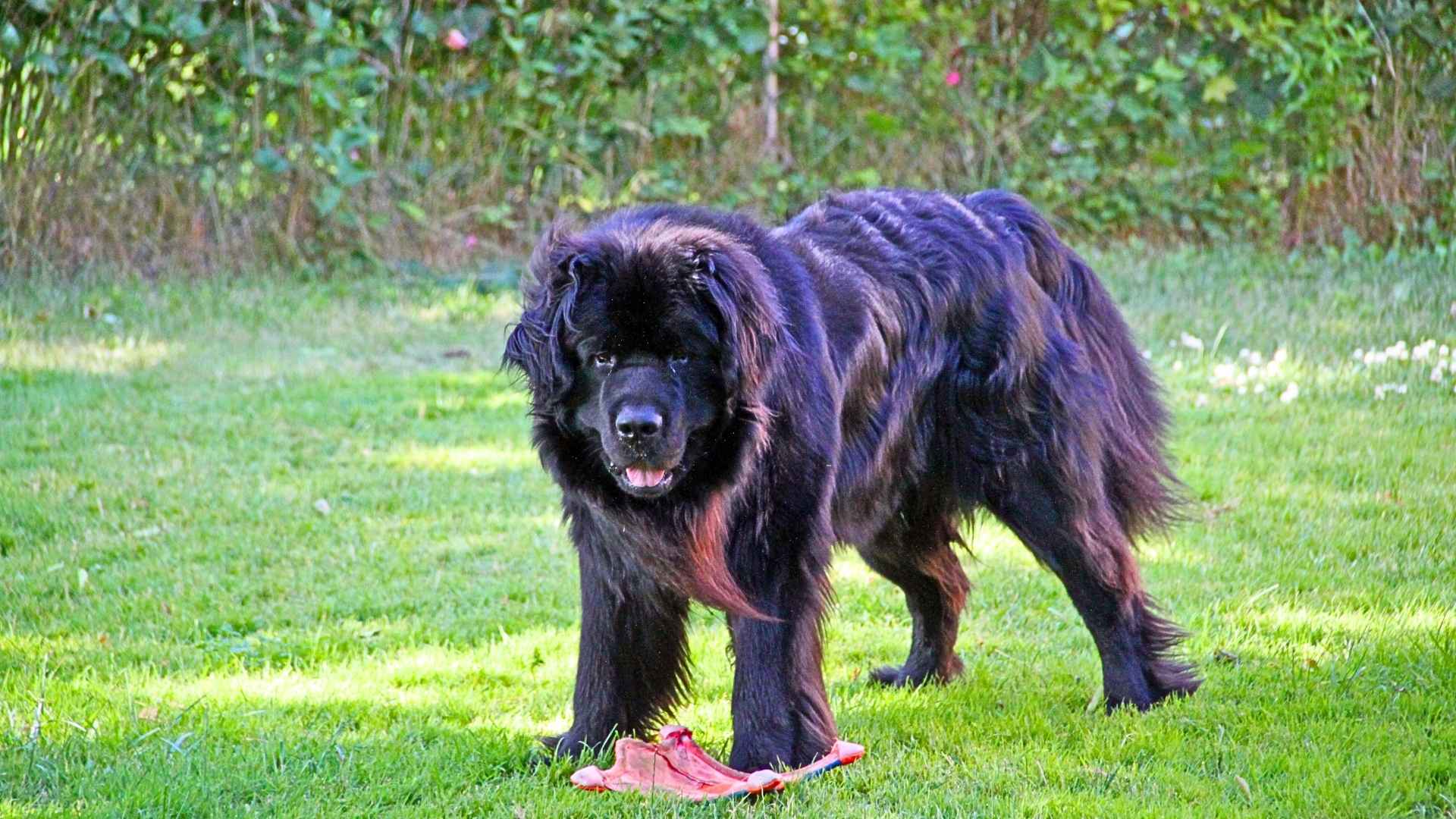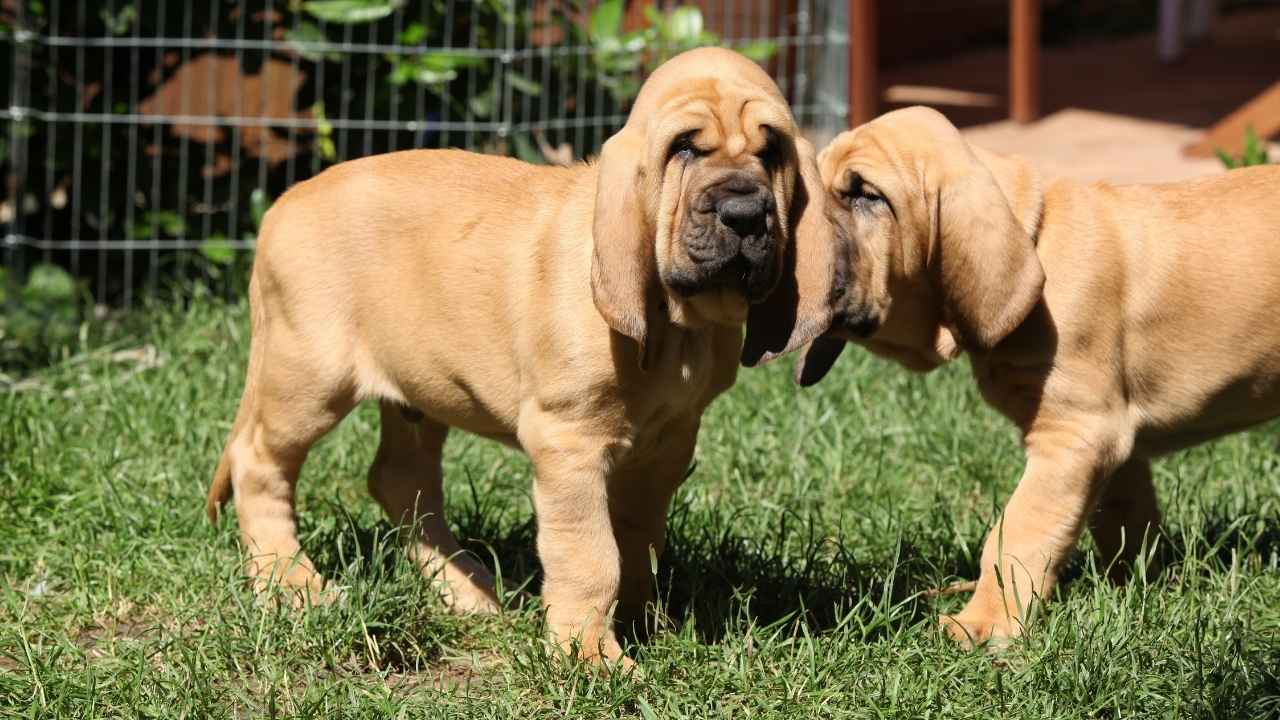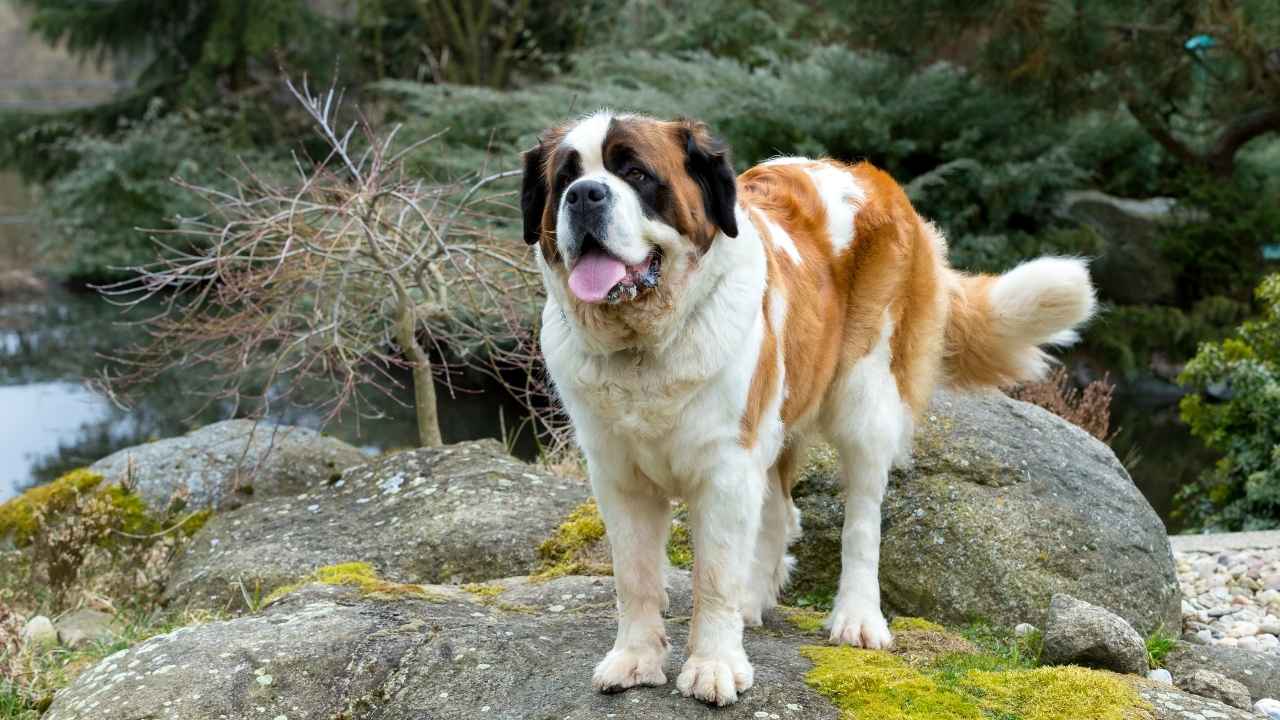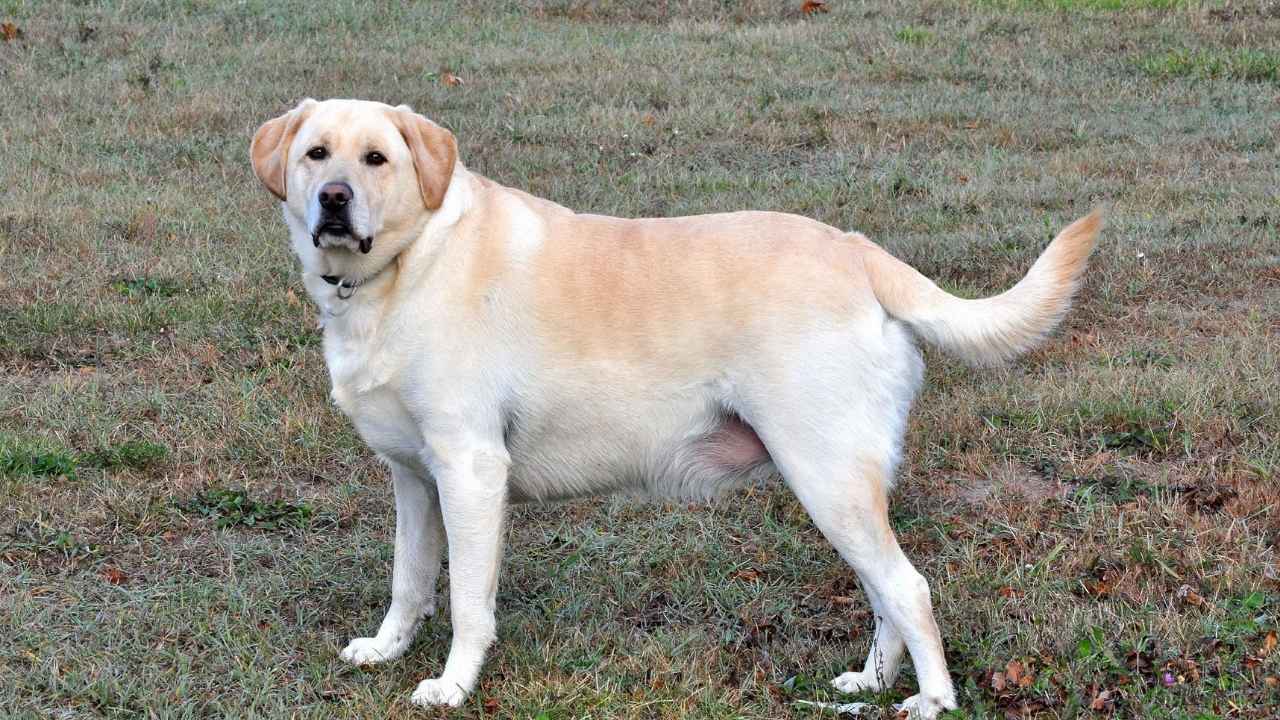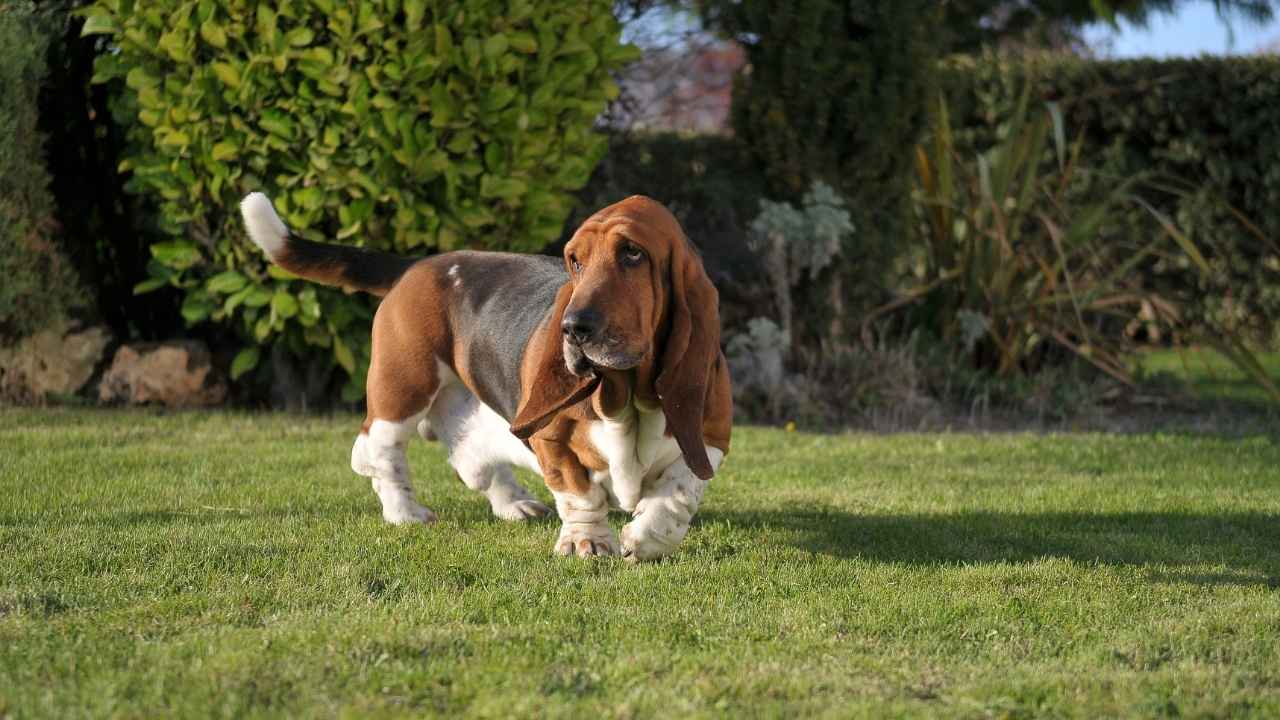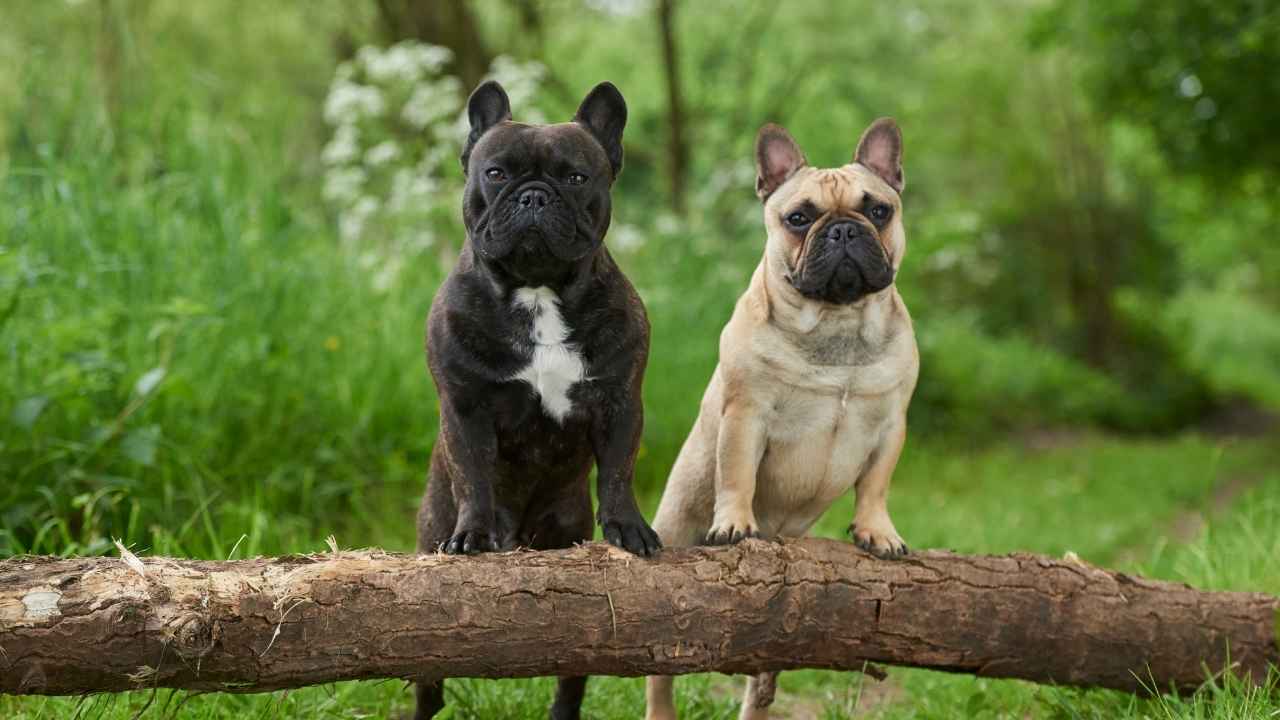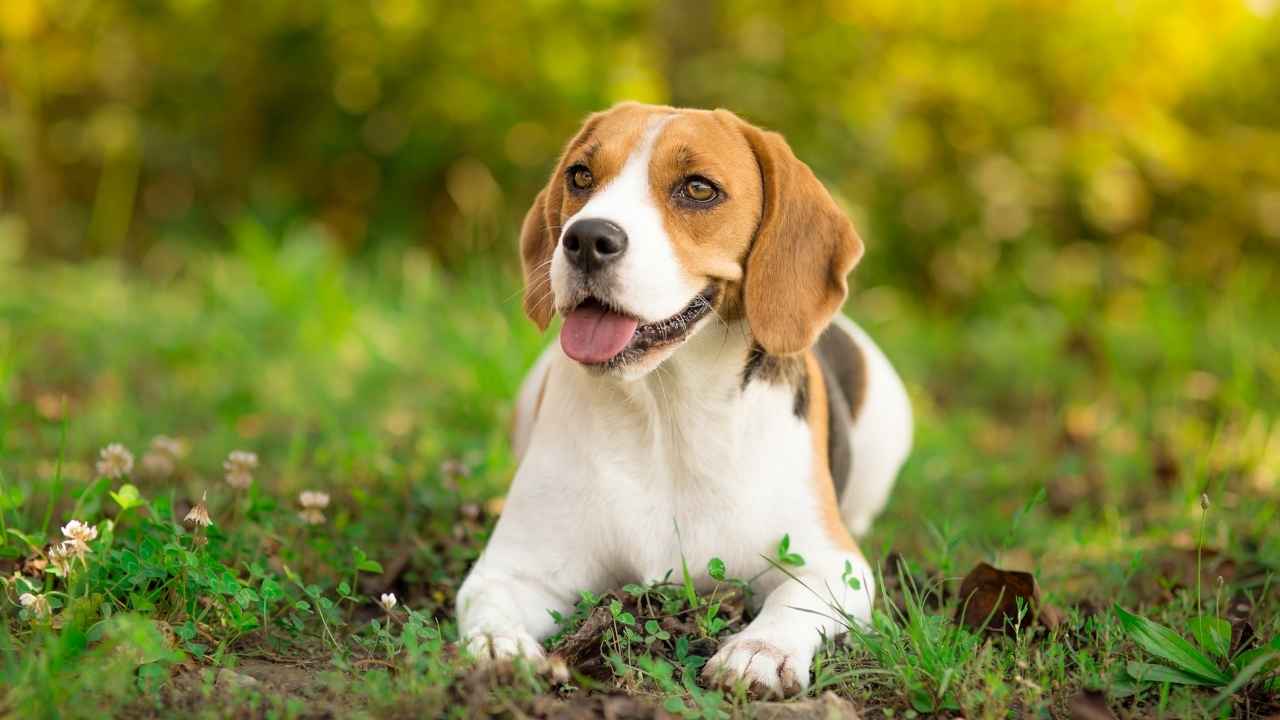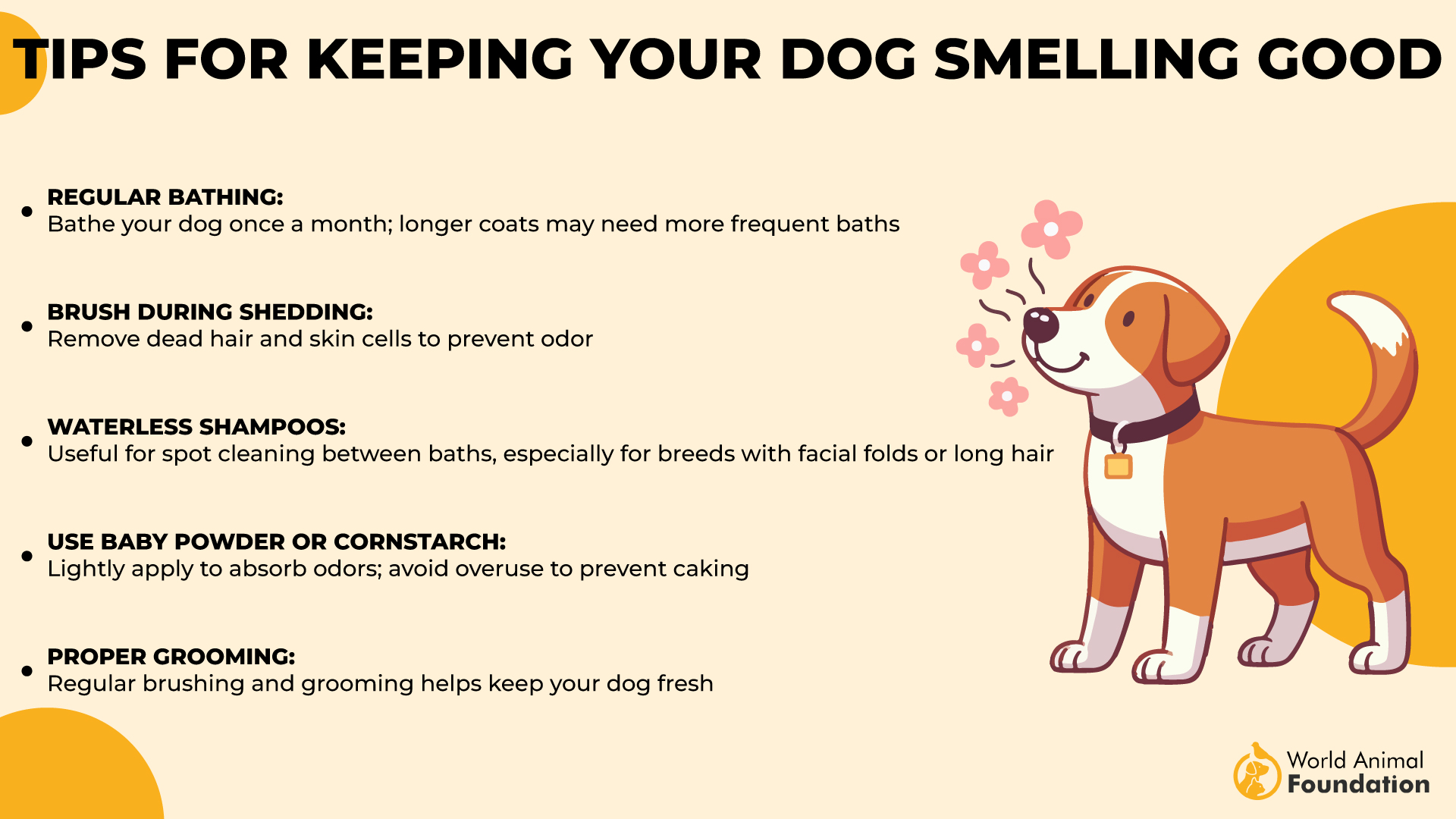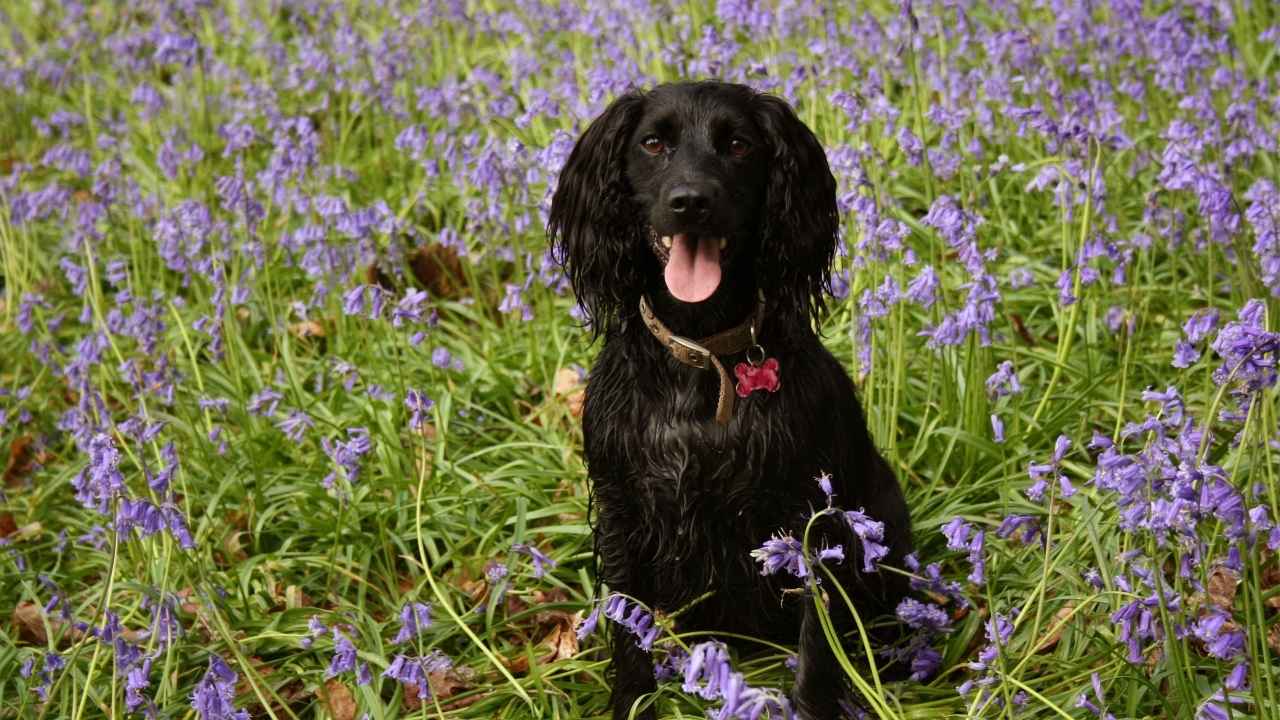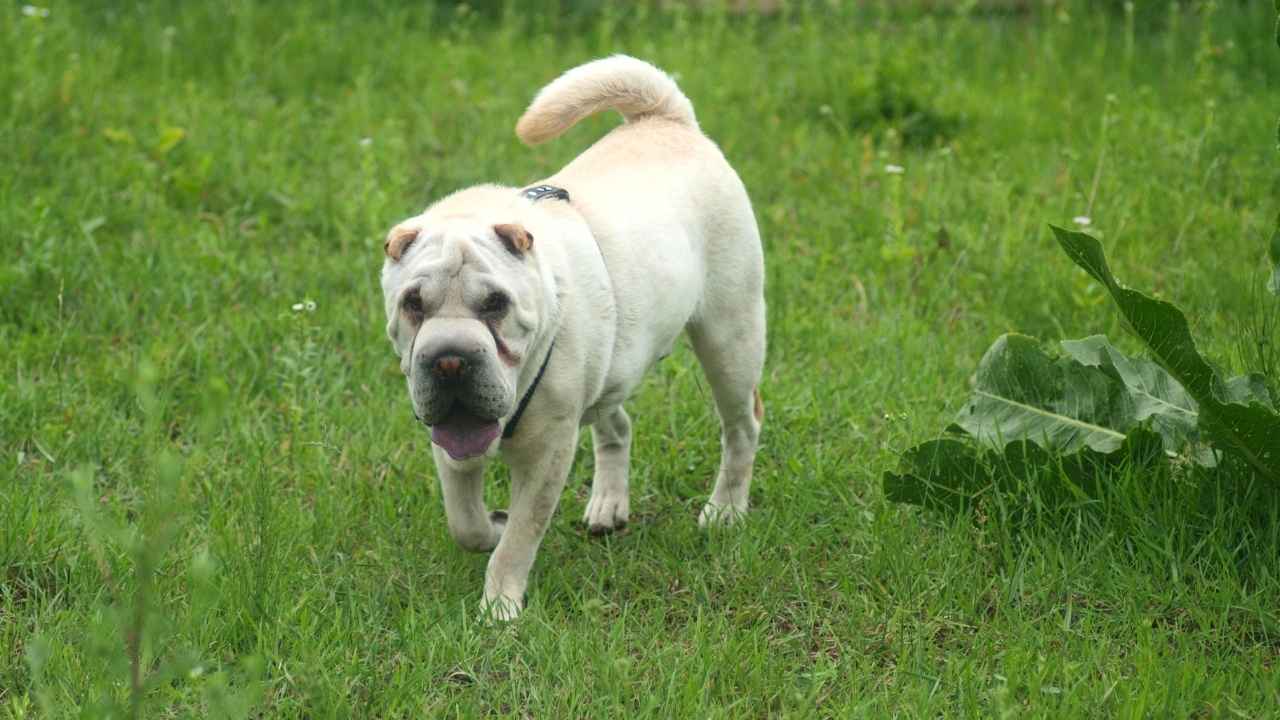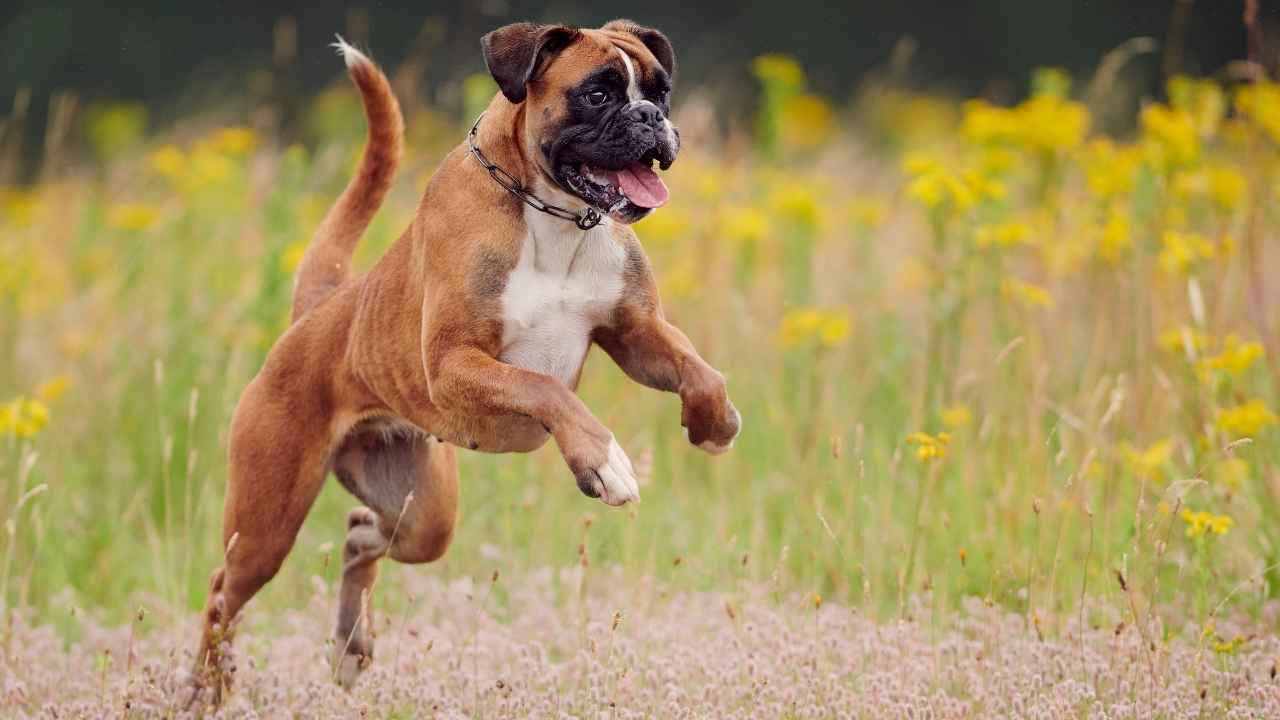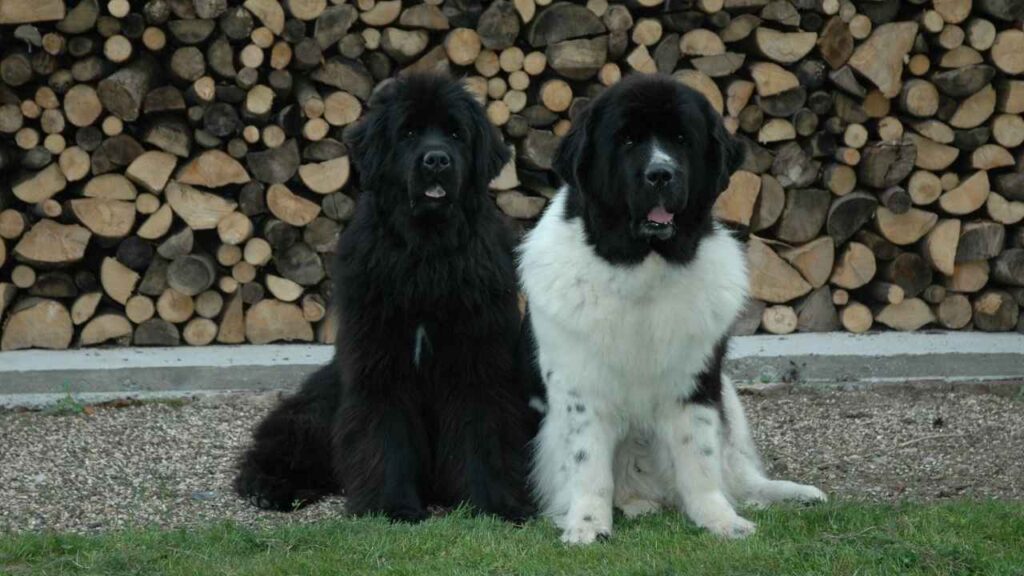When it comes to our furry companions, each dog breed carries its own unique set of traits and characteristics. While some breeds are known for their intelligence, agility, or loyalty, others are recognized for their distinctive odors. For prospective pet owners whose noses are sensitive or who might need an extra air freshener on hand, it’s important to know which breeds may come with a stronger scent. In this intriguing exploration, we delve into ten dog breeds notorious for their powerful aromas, uncovering the reasons behind their distinct smells and offering insights into how to manage and embrace these fragrant furry friends.
For dog lovers, there’s nothing more comforting than the warm, wagging presence of a furry friend—but sometimes, that same dog comes with an unmistakable scent that’s hard to ignore. While a wet dog smell or occasional doggy odor is to be expected, certain breeds are known for being especially smelly.
Some dogs have a more distinctive odor than others, Whether due to their oily coat, skin folds, or simply their natural chemistry. If you’ve ever found yourself lighting candles or using air fresheners after cuddling with your canine companion, you’re not alone. But don’t worry—these smelly dog breeds aren’t all bad!
In fact, many of these dogs are still great companions, and with the right care and attention, you can keep them smelling fresh. So, let’s dive into the 10 smelly dog breeds and find out why they tend to smell, along with practical tips on managing that stubborn dog smell.
Smelly Dog Breeds
1. Bloodhound
The Bloodhound is a large, affectionate breed known for its keen sense of smell, often used in tracking and search-and-rescue operations. However, its strong odor can be a downside for owners. This breed’s characteristic skin folds trap dirt, moisture, and bacteria, which can contribute to a foul odor if not properly managed.
Additionally, their oily coat can make them prone to unpleasant smells, which, combined with potential ear infections from their long, floppy ears, can lead to an overall unpleasant smell. To reduce the odor, regular grooming and bathing with mild dog shampoos can help remove dirt and oils.
Incorporating natural oils into their diet can also improve skin health, potentially reducing some of the odor-causing elements. As per PetMD, maintaining a proper diet and hygiene routine can significantly improve their scent and overall health.
2. Saint Bernard
The Saint Bernard is a gentle giant known for its calm demeanor and impressive size. However, their double coat can be a challenge when it comes to managing bad smells. This breed’s thick fur tends to trap dirt, moisture, and bacteria, which can lead to a bad smell if not properly cared for.
To keep them smelling fresh, it’s crucial that they are groomed regularly. Regular grooming helps remove trapped dirt and oils that contribute to unpleasant odors. Bathing with a gentle dog shampoo can also help maintain their coat and skin health, reducing any foul smells.
As a pet owner, staying on top of their grooming routine is essential to avoid the accumulation of dirt and the resulting bad smell.
3. Labrador Retriever
The Labrador Retriever is a beloved family dog known for its friendly nature and active lifestyle. While their short coat is relatively low-maintenance, it can still trap dirt and moisture, contributing to potential odors if not properly cared for.
Though they don’t have long hair like some breeds, their thick double coat sheds frequently, which means regular brushing is key. Regular bathing can help maintain their fresh scent, especially after outdoor activities or swimming.
Additionally, their floppy ears are prone to moisture buildup, which can lead to ear infections and unpleasant odors. To keep a Labrador Retriever smelling clean, ensure they are regularly groomed and bathed as needed. For most owners, this simple care routine can effectively manage any odors.
4. Basset Hound
The Basset Hound is a charming, low-slung breed with long ears that are as prone to collecting dirt and moisture as they are to capture attention. As per Purina, while these adorable dogs are known for their affectionate nature, their smelly tendencies can be a concern for owners.
The wrinkles around their face and neck trap moisture, dirt, and bacteria, which can lead to an unpleasant odor. Additionally, allergies may exacerbate skin issues, contributing to further smell. To reduce the smelly issue, regular cleaning of the ears and wrinkles is essential.
Maintaining a healthy diet, particularly with food that doesn’t trigger allergies, can also help minimize odors. Regular grooming and bathing are key to keeping the Basset Hound’s house smelling fresh.
5. French Bulldog
The French Bulldog is a popular breed known for its compact size and affectionate nature, but they can have a strong stink if not properly cared for. Their greasy skin and tendency to trap oils can lead to an unpleasant body odor.
This breed is also prone to wrong hygiene habits, such as not being cleaned or washed properly after outdoor activities. Regular washing with dog-safe products is essential to keeping their coat and skin fresh.
Additionally, because pups have delicate skin, extra care is needed to ensure their folds and creases are kept dry to avoid bacterial buildup. For canines with these tendencies, owners should be careful about the breed’s grooming needs to prevent the buildup of odor and maintain a fresh-smelling pet.
6. Beagle
The Beagle, a beloved member of the hound family, is known for its playful personality and strong scent-detection abilities. However, with their love for outdoor adventures comes the potential for drool and lingering odors.
Beagles, like other hounds, can develop a distinct scent, especially if they are exposed to dirt or wet conditions. Regular grooming and cleaning are essential to minimize the beagle’s smell issues. Some Beagles may also develop skin infections or ear issues, which can lead to foul odors if left untreated.
Incorporating appropriate treatments such as regular ear cleaning and a healthy diet can help manage this. For those considering a pug or other similar breed, be aware that Beagles also require frequent care to prevent unwanted smells.
7. Cocker Spaniel
The Cocker Spaniel, one of the most beloved dog breeds, is known for its beautiful coat, but it can also be prone to certain dog smells. According to Petplan, the breed’s long hair often traps moisture, which can contribute to the classic wet dog smell, especially after a rainy day or bath.
The natural oils in their coat can also accumulate, giving off a distinct odor if not regularly cleaned. Frequent wet dog conditions can further exacerbate this, leading to more persistent smells. To manage this, regular grooming and baths are essential.
Keeping the dog odor at bay requires consistent care to ensure their coat remains clean and healthy, which in turn helps reduce the buildup of oils and moisture that contribute to the smell.
8. Shar Pei
The Shar Pei is a unique and charming breed, known for its distinctive odor, which is often associated with its deep skin folds. These folds trap moisture and dirt, creating a breeding ground for bacteria, which can lead to unpleasant smells.
While they don’t have the typical long ears seen in some breeds, their folds around the face, neck, and legs require diligent cleaning. Regular maintenance of the skin folds is crucial to prevent infections and the buildup of odor.
Additionally, dog breeds like the Shar Pei are more prone to allergies, which can also contribute to distinctive odor if not managed properly. Owners should keep their Shar Pei regularly groomed and use appropriate treatments to reduce odor and maintain their overall health.
9. Boxer
The Boxer is an energetic and playful breed, but unfortunately, they can also be smelly. One of the primary reasons for this is their skin and wrinkles. The folds on their face and bodies trap moisture, dirt, and bacteria, which can lead to unpleasant odors and even infections if not properly cleaned.
Regular cleaning of their wrinkles is essential to prevent these issues and reduce the smelly buildup. Additionally, a balanced food diet can help prevent skin problems and improve overall health, contributing to a fresher scent.
For pet owners, ensuring your Boxer gets regular baths and proper grooming will help keep the odor under control, preventing potential infections and other related concerns.
10. Newfoundland
The Newfoundland is a gentle giant, beloved for its size and temperament. However, like many large canines, they can sometimes become smelly due to their thick, water-resistant coat. Regular brushing is essential to manage their smelly fur and to prevent any odors from settling in.
Infections can also be a concern for Newfoundlands, especially if moisture gets trapped in their dense coat or paws. Left unchecked, this can lead to skin infections or ear problems, contributing to a foul odor.
Pet owners should avoid doing the wrong thing by skipping regular grooming, as it is crucial for maintaining the health of their coats and skin. A healthy pet is a clean and happy canine!
Conclusion
We hope this guide on smelly dog breeds helps you better understand how to manage odors in your furry friend. Breeds like the Basset Hound, Cocker Spaniel, and Bulldog may seem like they carry a stronger scent, but with the right routine, your pet can stay fresh.
Regular grooming and careful attention to diet can make a world of difference for pugs, Bulldogs, and other canines prone to body odor. Embrace their quirks, and with the right care, your dog can be both loving and smelly-free!
In conclusion, while certain dog breeds are known for their stronger natural odor, it is essential to understand that this characteristic is often a product of their unique physiology, coat type, and natural oils. Breeds like the Basset Hound, Bloodhound, and Cocker Spaniel may produce more scent than others, yet their distinctive aromas are often a small price to pay for their loyalty and affection. Regular grooming, proper diet, and maintaining good overall health can significantly help in managing and minimizing these odors, ensuring that these lovable companions remain delightful members of the family.

